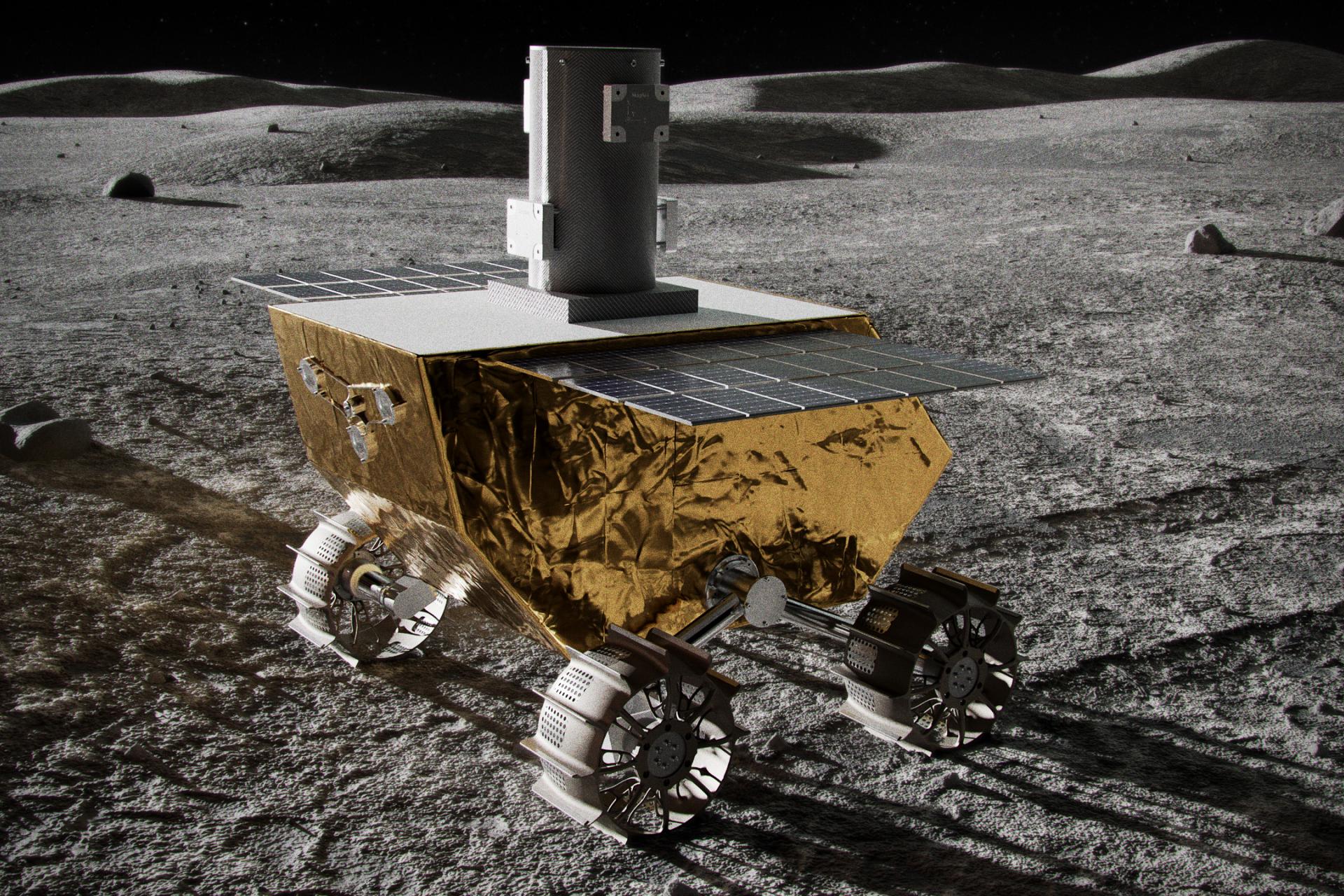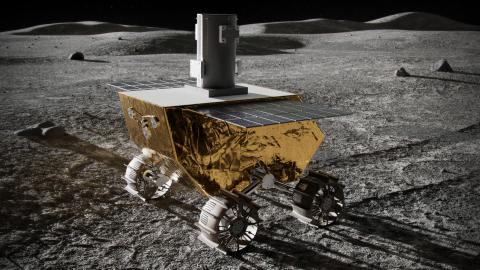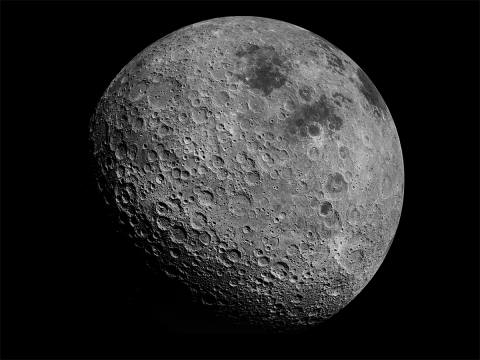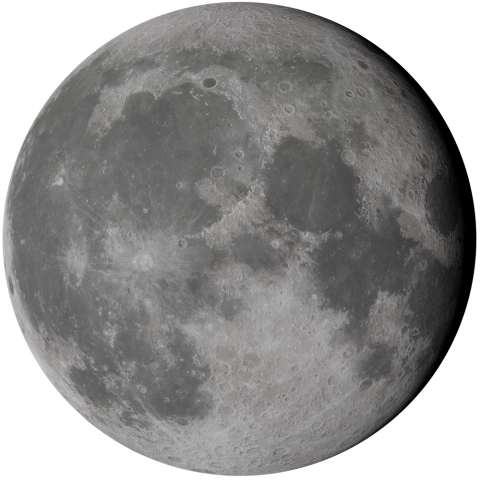Solving a Magnetic Mystery
Unlike Earth, the Moon doesn’t have a global magnetic field. Instead, it has local patches of magnetized crustal rocks, called "magnetic anomalies". Lunar Vertex will be the first mission to find out what these magnetic anomalies are like on the surface, offering insight into conditions on the Moon and other airless worlds throughout the solar system.
Mission
First spied through primitive telescopes in the 1600s, Reiner Gamma is the most famous of the Moon’s “swirls,” intriguing bright patterns that snake across the lunar surface. Surprisingly, the swirls coincide with the magnetic anomalies. In addition, orbiting spacecraft have sensed mini-magnetospheres above the stronger magnetic anomalies. This indicates that the local magnetic fields are influencing the Moon's interaction with the high-speed stream of energetic particles from the Sun known as the solar wind. The special environment of a magnetic anomaly provides a natural laboratory for examining key questions in several areas of planetary science, from geophysics to geology to space plasma physics.
To get the data needed to solve these mysteries, APL leads a project not just to visit Reiner Gamma -- but to drive right across it. A NASA-provided commercial lander will deliver Lunar Vertex to Reiner Gamma, where it will conduct complementary investigations from the lander and a small rover that will explore just over a mile (up to 2 kilometers) from the lander. The mission will take on some persistent lunar mysteries: the origin of magnetic anomalies, the origin of swirls, and how the two are related, as well as the way in which the magnetic fields modify the flow of the solar wind.
Lunar Vertex was competitively awarded under NASA's Payloads and Research Investigations on the Surface of the Moon (PRISM) program. PRISM solicits science investigations that will be delivered to the Moon on commercial landers that are selected via the Commercial Lunar Payload Services (CLPS) program.
Spacecraft and Instruments
Lunar Vertex combines the expertise of several leading space institutions and commercial companies. APL is providing a magnetometer instrument for the lander, which Intuitive Machines is building. The lander will also carry a plasma spectrometer from Southwest Research Institute and a set of cameras provided by Redwire Aerospace. Lunar Outpost is building the Lunar Vertex rover, which will carry an APL magnetometer and multispectral microscope from Canadensys Aerospace.
APL is responsible for Lunar Vertex project management, systems engineering, safety and mission assurance, science operations and the payload. APL will integrate the microscope and magnetometer into the rover, and conduct thermal vacuum testing of the integrated rover.
Approximately five months after the selection of Lunar Vertex, NASA's CLPS program awarded a contract for the lander to Intuitive Machines.
Mission Facts
Launch
2024
Duration
One lunar daylight period (approximately 13 Earth days). The lander will arrive on the surface shortly after local sunrise at Reiner Gamma, and the mission will conclude near sunset.
Principal Investigator
David Blewett, Johns Hopkins APL
Deputy Principal Investigator
Jasper Halekas, University of Iowa
Project Manager
Ann Cox, Johns Hopkins APL
Project Scientist
George Ho, Johns Hopkins APL
Deputy Project Scientist
Benjamin Greenhagen, Johns Hopkins APL
Technical Leader
Scott Cooper, Johns Hopkins APL
Payload Systems Engineer
William Ames, Johns Hopkins APL

Related News & Stories
Go inside APL’s space missions and research, and check out the latest news, features and discoveries from the teams that are probing mysteries from the Sun to the edge of the solar system and beyond.





